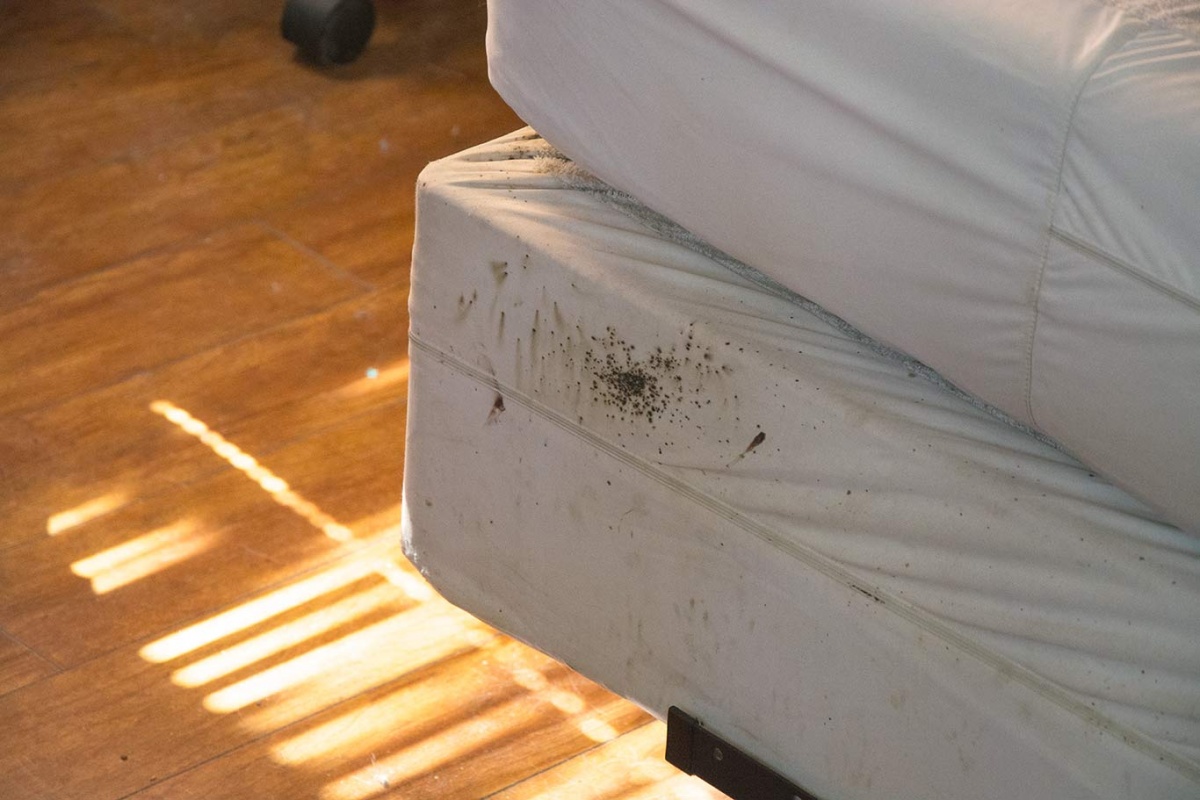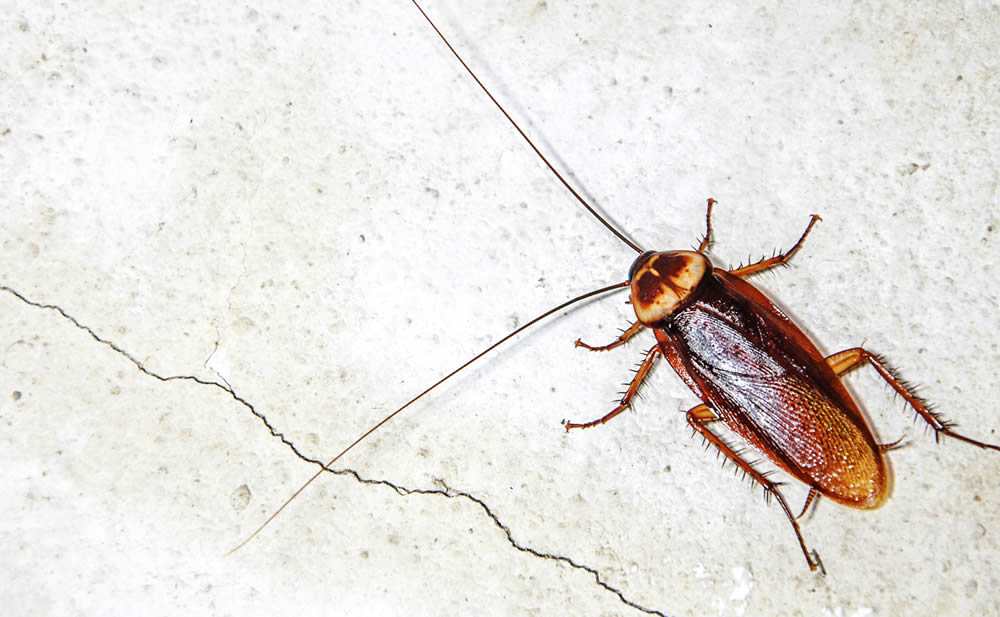A Pro’s Guide To DIY Carpet Stain Removal
A Pro’s Guide To DIY Carpet Stain Removal
The Best Tips From The Carpet Cleaning Experts
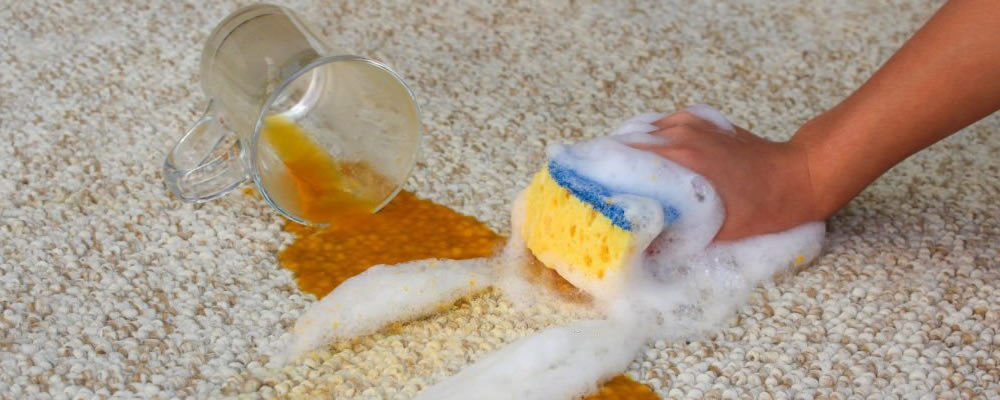
What do children, pets, and wine all have in common? They all should come with a warning sign any time they’re near carpeting. Among other things, stains from dirt, bodily functions, and wine tend to be some of the trickiest to remove. Hiring professionals to clean your carpets can add up to a pretty heft bill too, so trying to DIY is more feasible for many people.
Luckily, The pro’s at Best1 Carpet Cleaning will teach you the ten tips for carpet stain removal without having to call in for backup.
1. Clean Messes Right Away
As soon as you witness a mess happen, it’s best to clean it up right away. Doing this prevents the water-soluble mess from setting into the carpet fibers. When you clean a spill right away, it also makes the stain spot much smaller and more manageable to clean up.
2. Use a Vinegar Solution
Acidic liquids are great for breaking up dirt and other stains. For this reason, you’ll find a lot of cleaners for various purposes contain vinegar or another liquid with higher acidity levels. To clean up a stain with vinegar, mix equal parts vinegar with warm water.
Next, you’ll spray the solution onto a cloth or sponge and then apply the cloth or sponge to the stain. Spraying your cleaning cloth or sponge instead of the floor keeps the floor from getting too wet.
3. Cater to the Stain
Depending on what caused the stain, there may be a specific way to remove the stain. For example, removing a blood stain from the carpet requires cold water. Using warm water will make the blood clot faster and result in a much harder time trying to remove the stain. On the other hand, removing dirt is better with warmer water as it lifts the dirt easier.
4. Use Detergent
Similar to vinegar, you can also use some type of soap or detergent with water to clean up the stain. For synthetic carpets you can mix ¼ teaspoon of dish detergent with one cup of warm water. If your carpet is made of natural fibers, use one teaspoon of dish detergent mixed with one cup of warm water. Make sure the dish soap is translucent to avoid secondary staining.
5. Use an Oil Solvent
Using an oil solvent or non-acetone nail polish remover dabbed onto a cloth can also provide a thorough removal. Nail polish remover is an ideal stain removal technique for any spots made by tea or sharpie markers. Oil stains can also be removed with acetone nail polish remover, but it’s important not to use too much or it may bleach the area.
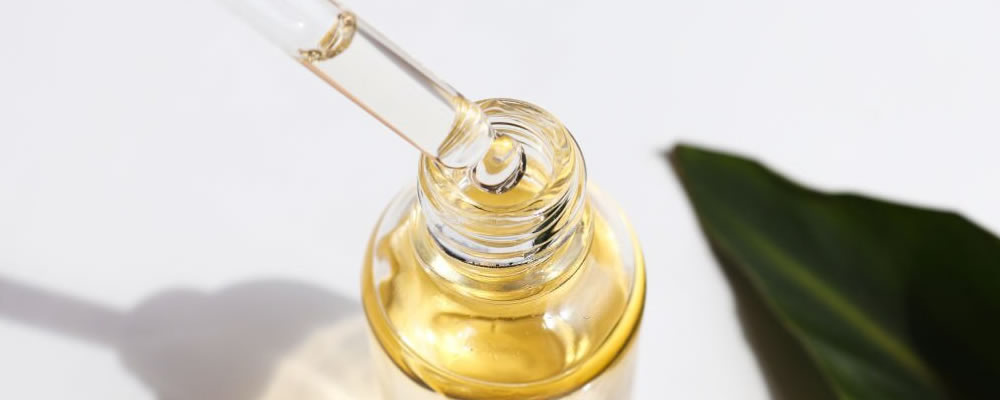
6. Blot, Don’t Scrub
While you’re removing the stain, it’s important to remember not to scrub the area. Doing this will spread the affected area to unaffected carpet fibers. Blotting the area instead keeps the stain within the same area and makes for a smaller cleanup radius.
7. Use a Carpet Cleaner
If you don’t want to get on your hands and knees to remove the stain, you may want to consider investing in a carpet floor cleaner and steamer. These appliances are good to have on hand, especially if you find stains often. They can also make the cleanup process much more streamlined and efficient.
8. Use Dry Baking Soda
Using baking soda is extremely effective if you’re doing so in an area that won’t be used. To do so, sprinkle a generous amount of baking soda on and around the stain. You’ll then need to spray the baking soda with hot water until you find the floor is slightly damp. After that, you need to leave the baking soda and water mixture to sit overnight before vacuuming in the morning.
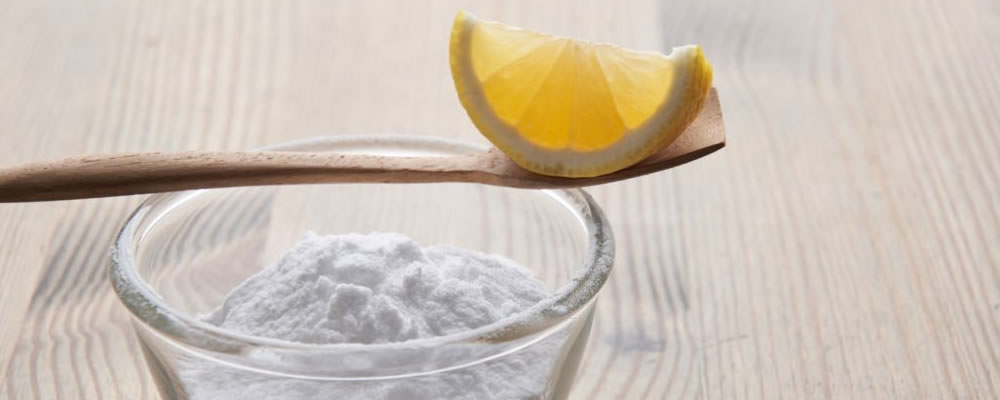
9. Use Club Soda on Fresh Stains
If you’re looking for a non-toxic stain removal option, you can sprinkle salt over a fresh stain and then pour club soda over the top of the affected area. Leave the mixture to sit overnight and then you can blot the area again before vacuuming up the salt.
10. Take Preventative Measures
To prevent future stains from popping up, you may want to consider getting the carpet treated with a protectant. On top of that, cleaning and vacuuming regularly keep the room looking fresh. Use plastic mats or rugs near any home entryways and encourage your guests not to wear shoes in your home. By following the first suggestion on our list (cleaning spills right away) and keeping up with other preventative measures, you’re sure to say goodbye to stain issues.



